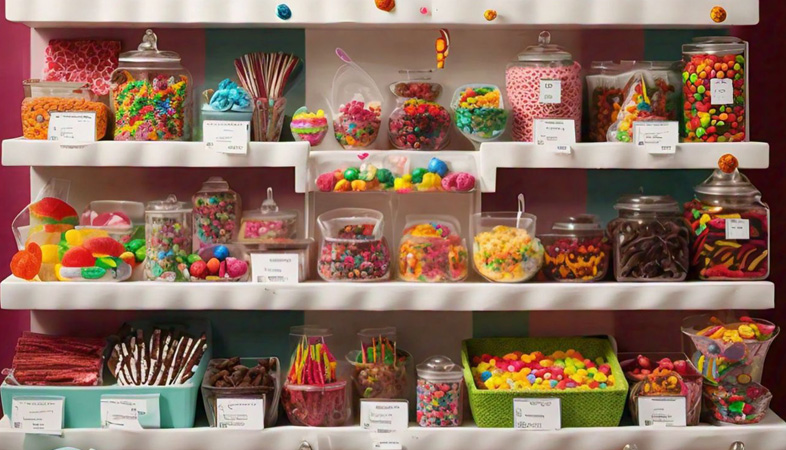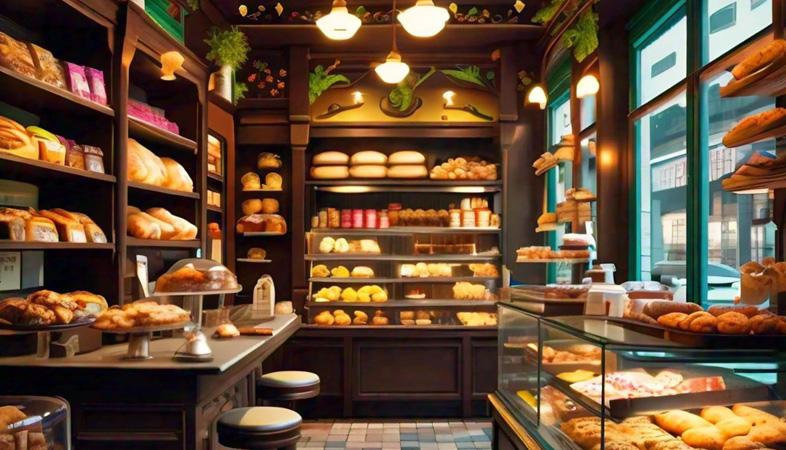SHARE
Commercials
More Posts
Jun 27, 2025
Uttam Das Appointed as Executive Chef at JW Marriott
Nov 18, 2024
Bela Pana - By Biswajit Das
Jun 27, 2025
Uttam Das Appointed as Executive Chef at JW Marriott
Nov 18, 2024
Bela Pana - By Biswajit Das
Jun 27, 2025
.png)




























